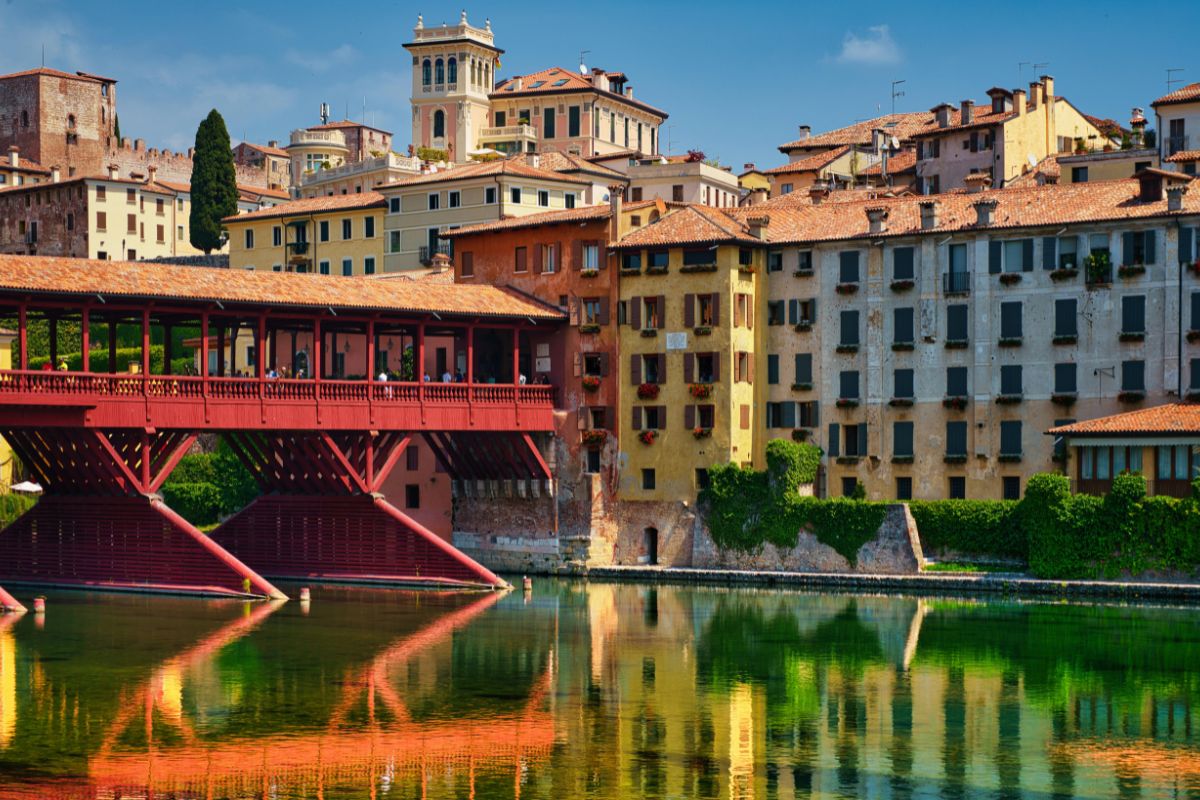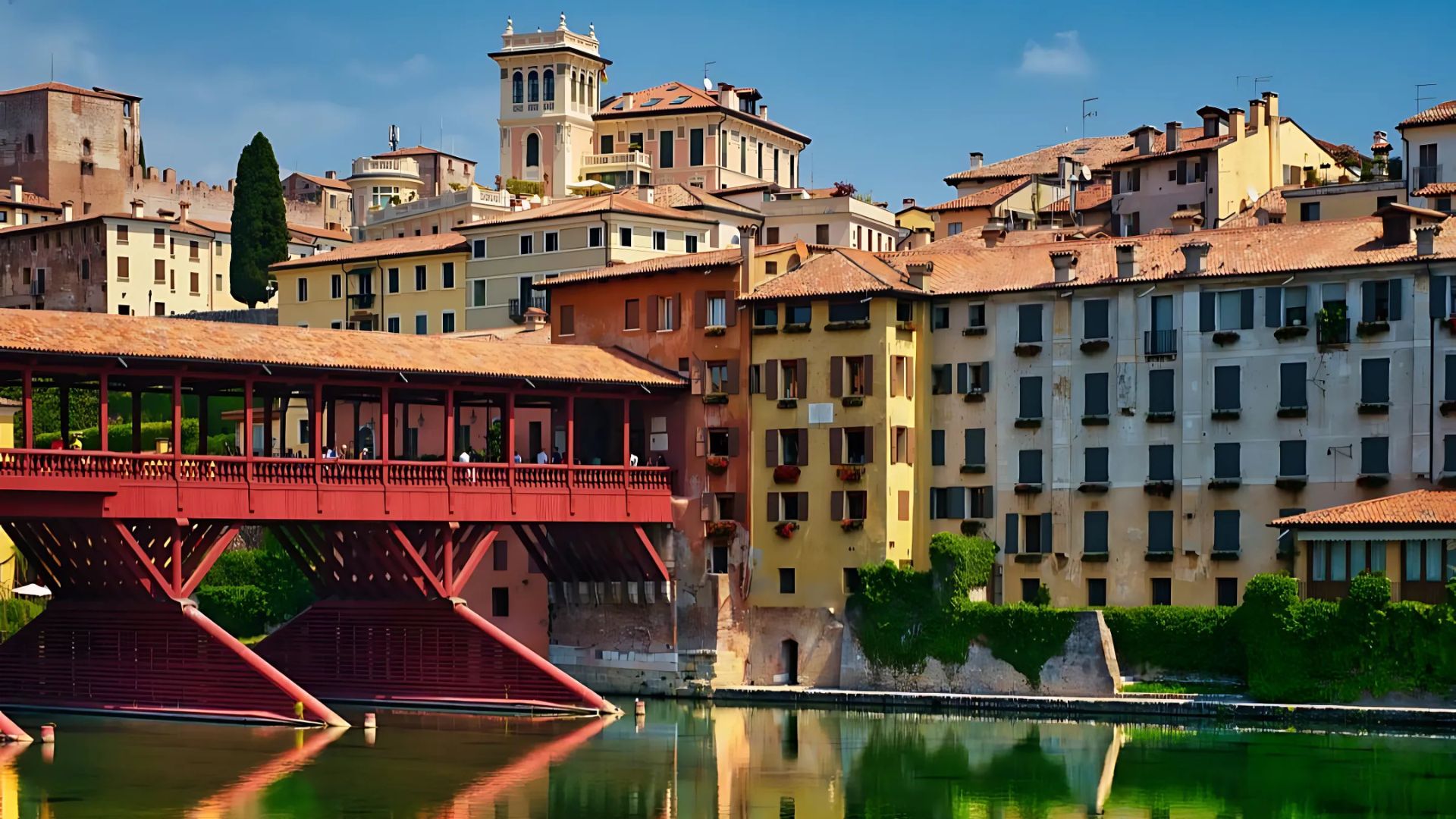Veneto in Northern Italy has captured my heart through every season, each offering its special magic. The region’s blend of stunning architecture, rich cultural heritage, and diverse landscapes transforms beautifully as the year progresses.
The best times to experience Veneto’s charm are May to June and September to October, when comfortable temperatures and smaller crowds create perfect conditions for exploring Venice’s canals, Verona’s romantic streets, and the region’s natural parks.
I’ve found that summer brings vibrant energy to Veneto, with warm days ideal for swimming in Lake Garda and strolling along waterfront promenades lined with citrus trees. Winter reveals a completely different side of Northern Italy’s cultural heartland. Venice feels mystical when shrouded in winter mist, while the nearby Dolomites transform into a snowy playground for winter sports enthusiasts.
My favorite Veneto experiences include cycling through its natural parks in June when the weather is warm but not too hot, and savoring the wine harvest atmosphere of September. The region offers endless cultural treasures and natural beauty regardless of when you visit, but timing your trip to match your interests will make your Northern Italian adventure truly unforgettable.
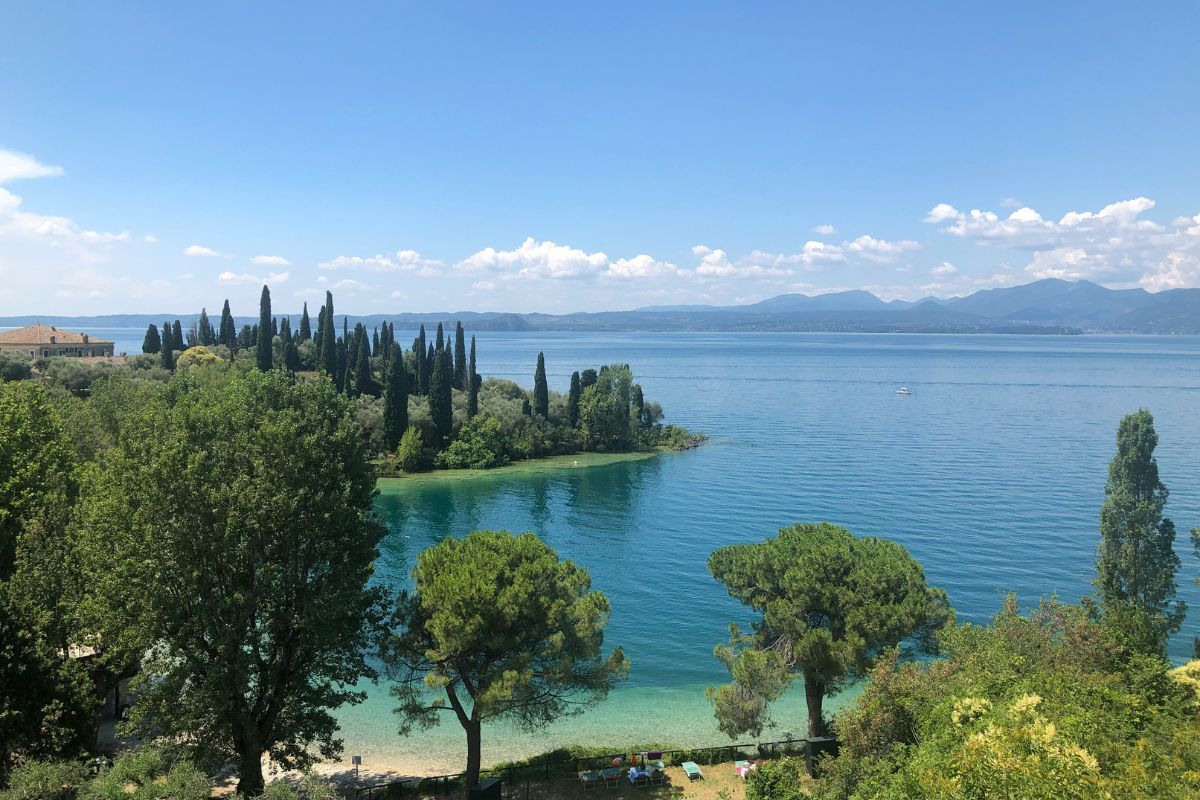
The Quintessential Times to Visit
Veneto offers distinct experiences with each season. The region transforms throughout the year, presenting travelers with unique cultural festivals, culinary delights, and natural beauty that can dramatically enhance your Italian adventure.
Spring Blossoms and Venice’s Charm
Spring in Veneto brings mild temperatures and fewer tourists, making it ideal for exploring.
From April to June, I’ve found the weather perfect for leisurely walks through Venice’s narrow canals and expansive piazzas without the summer crowds.
The gardens of Veneto burst into life during spring. Villa Pisani and the Giardini della Biennale showcase colorful displays of tulips, wisteria, and magnolias that transform these historic spaces.
April to June also coincides with important cultural events. The Venice Biennale typically begins in spring, bringing contemporary art installations throughout the city. I’ve spent entire days wandering between exhibits, stopping at quiet cafés when my feet needed rest.
Spring offers that sweet spot of pleasant weather and manageable tourism that makes exploring Renaissance architecture and historic sites so much more enjoyable.
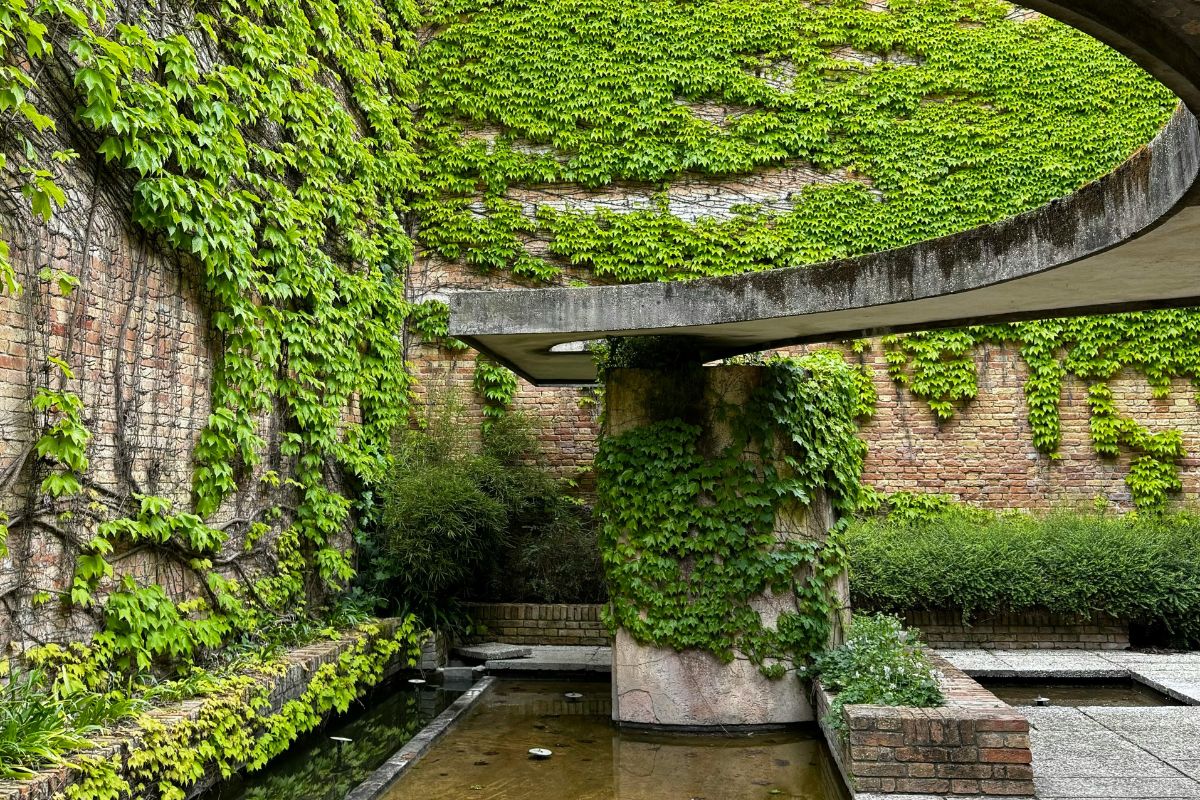
Autumn Harvests and Valpolicella Wines
Fall might be my favorite season to visit Veneto. From late September through October, the region celebrates its rich agricultural heritage with numerous food festivals and wine events.
The vineyards of Valpolicella transform into a tapestry of gold, orange, and red. I’ve taken drives through these rolling hills when the grape harvest is in full swing, stopping at family-owned wineries for tastings of fresh Amarone.
Food is spectacular in autumn. Truffle festivals pop up in towns throughout the region, and restaurants feature seasonal specialties like:
- Risotto al radicchio di Treviso
- Porcini mushroom dishes
- Roasted chestnuts from local forests
- Fresh pressed olive oil
The cooler temperatures make long walks through historic cities pleasant. Venice feels especially magical in autumn fog, and cultural events fill the calendar as locals return from summer holidays.
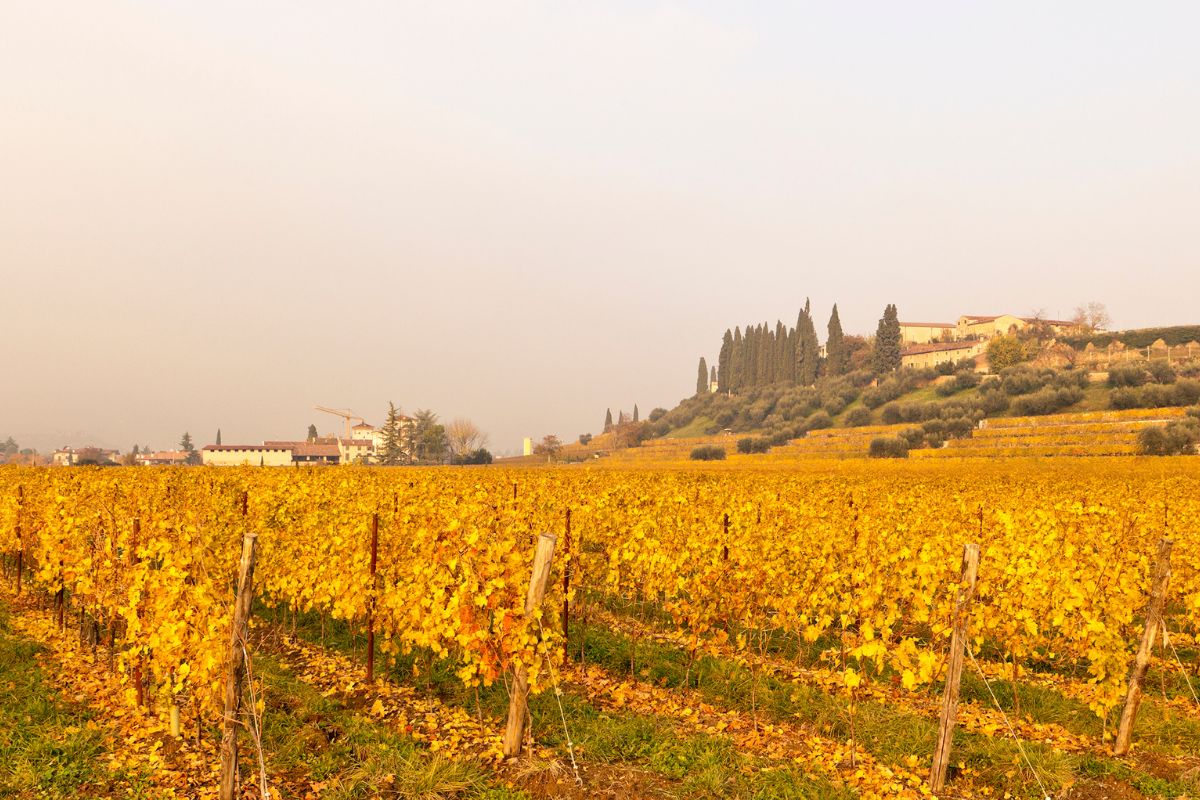
Winter Festivities and Alpine Wonders
Winter transforms Veneto into a wonderland of contrasts. In the northern reaches, the Dolomites offer world-class skiing and snowboarding. I’ve spent unforgettable days on the slopes at Cortina d’Ampezzo, rewarding myself afterward with hearty mountain cuisine.
Venice during winter reveals its authentic character. The city, emptied of the summer crowd, feels more intimate and mysterious. Carnival season (typically January-February) fills the streets with elaborate masks and costumes.
Holiday markets appear in town squares throughout December, where I’ve found handcrafted gifts and sampled seasonal treats like:
- Hot mulled wine (vin brulé)
- Panettone and pandoro (traditional Christmas cakes)
- Handmade chocolates and nougat
Winter hotel rates drop significantly in cities like Padua, Verona, and Venice, making luxury stays more accessible. Just pack layers—the damp cold can feel more intense than the temperature suggests.
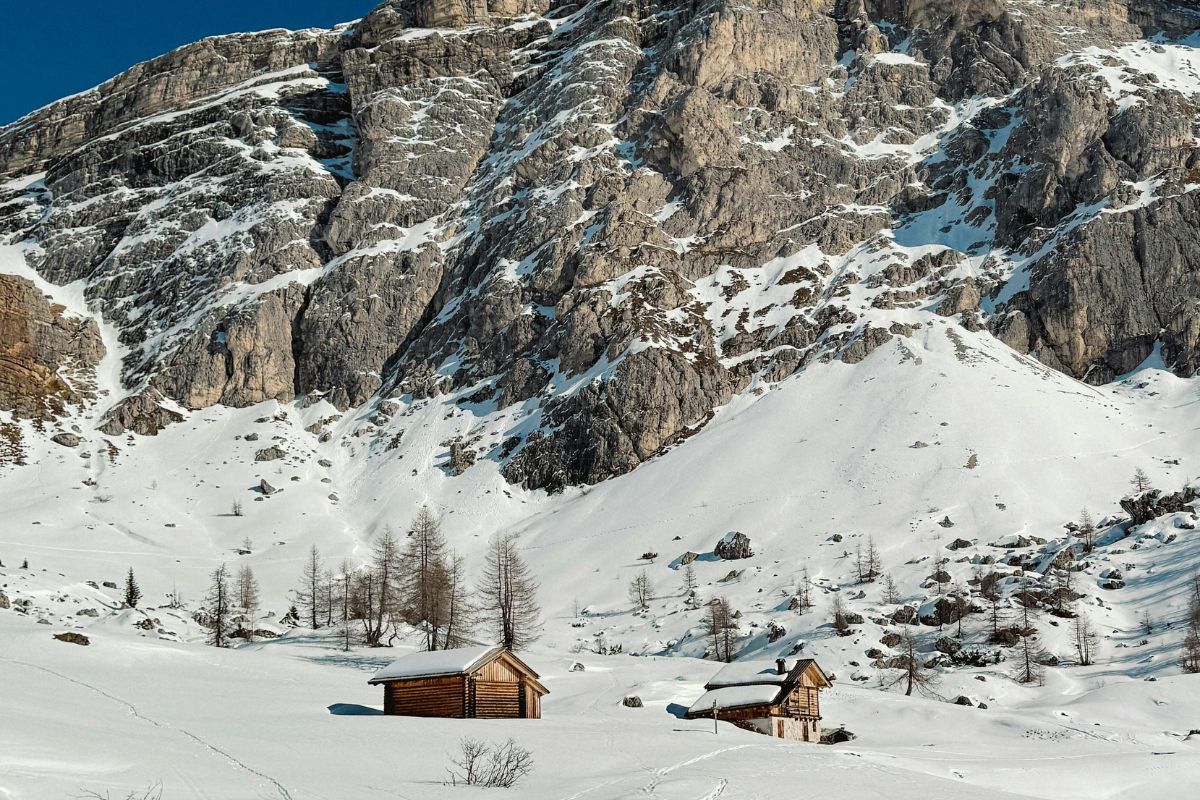
Summer Revelries and the Adriatic Coast
Summer brings energy and vibrancy to Veneto. While inland cities can be hot and crowded, I’ve found this is the perfect time to explore the region’s stunning coastline along the Adriatic Sea.
The beaches of Jesolo, Bibione, and Caorle offer refreshing escapes. I especially love the colorful beach umbrellas that create a quintessentially Italian seaside scene. Water activities abound, from paddleboarding to sailing excursions.
Summer evenings in Veneto are magical. Open-air concerts fill historic piazzas, and restaurants extend seating into cobblestone streets. The Verona Opera Festival transforms the ancient Roman arena into a spectacular venue under the stars.
For those wanting to explore cities, early morning adventures before the midday heat are best. Many locals vacation in August, so some small businesses may close, but major attractions remain open.
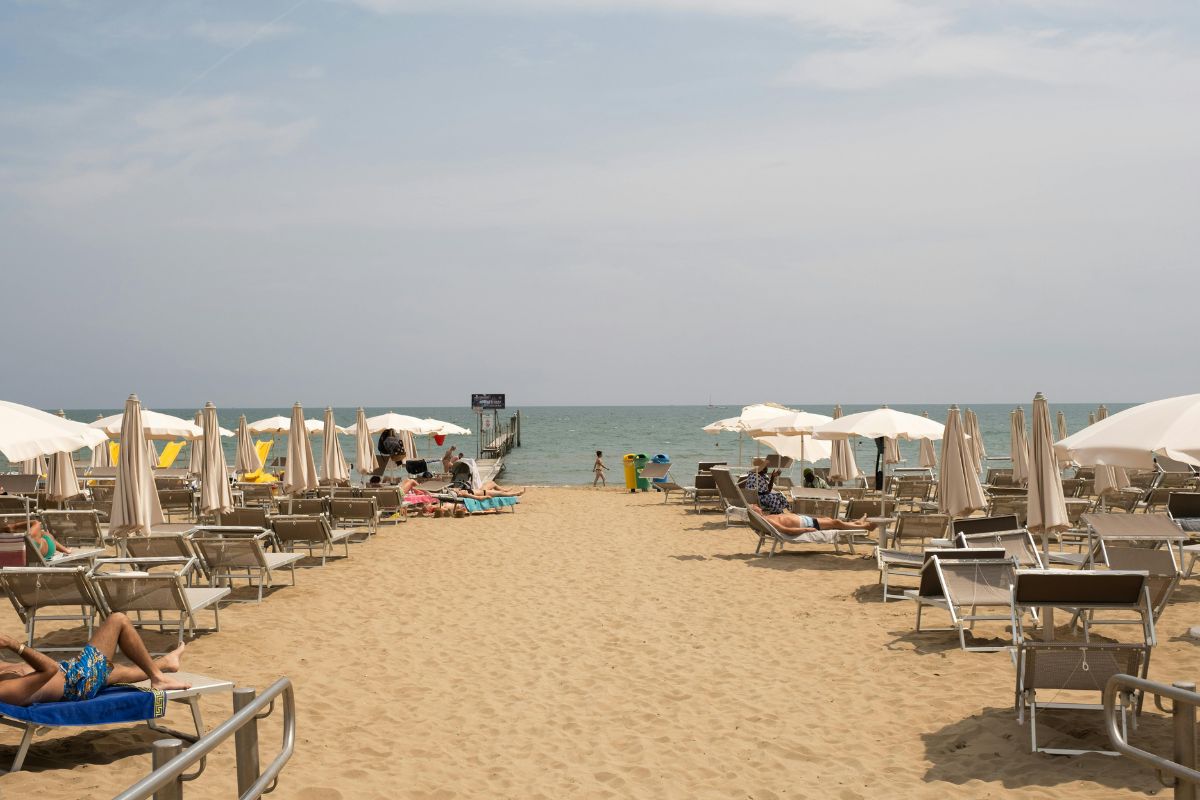
Veneto’s Gastronomic Delights
Veneto offers some of the most incredible food and wine experiences in Italy. The region’s culinary landscape blends traditional recipes with innovative cooking techniques, all while showcasing fresh, local ingredients.
Local Cuisine and Cooking Classes
The food in Veneto goes far beyond the famous cicchetti (small bites) of Venice. During my visits, I’ve discovered that each city has its specialties. Risotto is king here, particularly the black squid ink risotto in coastal areas and the rich risotto al radicchio in Treviso.
Polenta is another staple that appears on most traditional menus. I love how it’s often served with rich game sauces or baccalà (salt cod) prepared in the Vicenza style.
For a hands-on experience, I recommend taking a cooking class in Venice or the countryside. At Mama Isa’s cooking school near Padua, I learned to make perfect bigoli pasta with duck ragù, a regional specialty that’s hard to find outside Veneto.
Many agriturismi (farm stays) offer cooking lessons using ingredients harvested that morning from their gardens. These intimate classes provide authentic insights into Veneto’s food culture.
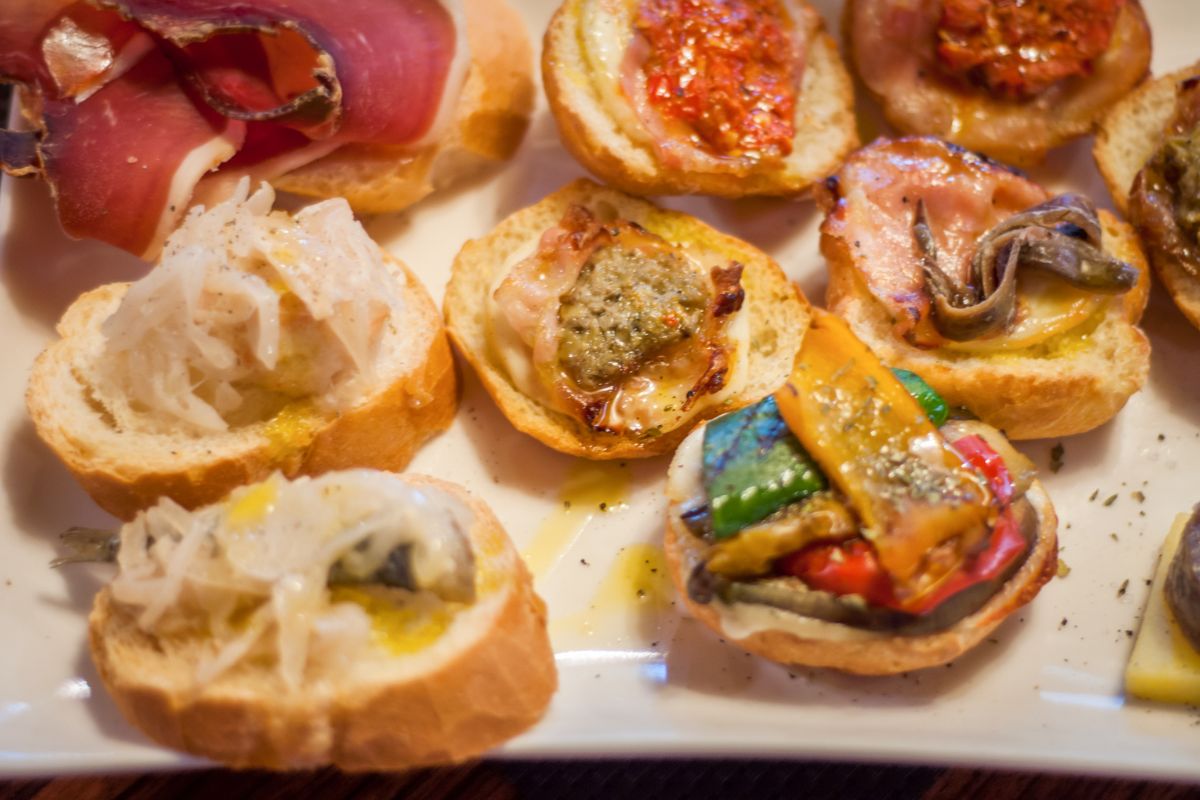
Wine Tastings and Vineyard Tours
Veneto produces some of Italy’s most celebrated wines. The Prosecco Road between Conegliano and Valdobbiadene offers stunning vineyard views and excellent tastings of this famous sparkling wine.
I spent a memorable afternoon at Villa Sandi, where underground cellars dating back centuries house thousands of bottles of aging Prosecco. The guided tour explained how the terroir affects the wine’s character.
Valpolicella and Amarone from the hills near Verona shouldn’t be missed. These powerful red wines come from partially dried grapes, creating intense flavor profiles.
Small family wineries often provide the most personal experiences. At Tommasi Viticoltori, the owner walked me through their vineyard, explaining how they’ve adapted traditional methods for modern production without sacrificing quality.
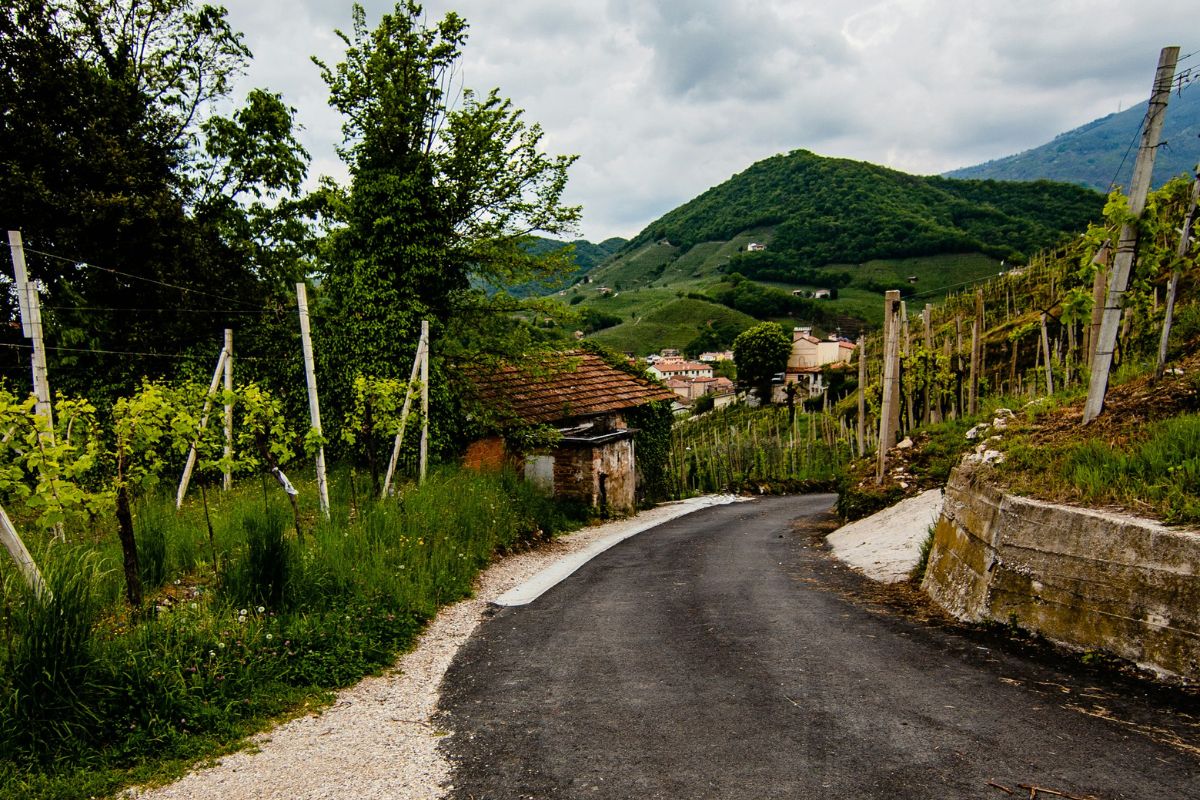
Michelin-Starred Experiences
Veneto boasts an impressive collection of Michelin-starred restaurants. Le Calandre in Rubano (near Padua) holds three Michelin stars and serves innovative dishes that reinterpret traditional Veneto cuisine.
In Venice, I dined at Glam by Enrico Bartolini, where local seafood is transformed into artistic creations. The lagoon view complemented the delicate flavors perfectly.
For a more accessible Michelin experience, try lunch instead of dinner or look for restaurants that have recently earned their first star. Locanda Rossa in Asolo offers a tasting menu that showcases seasonal ingredients at a fraction of the price of more famous establishments.
Many starred chefs also run casual bistros. At Osteria Francescana sister restaurant, I enjoyed high-quality food with less formality and a more relaxed atmosphere.

Cultural Riches and Artistic Legacy
Veneto’s cultural landscape offers an extraordinary tapestry of artistic achievements spanning centuries. The region’s rich heritage is evident in its magnificent architecture, world-class museums, and vibrant performing arts traditions.
Verona’s Opera and the Roman Amphitheater
Verona’s Arena, an ancient Roman amphitheater built in the 1st century, stands as one of Italy’s most impressive architectural achievements. During summer months, I’ve witnessed this 2,000-year-old structure transform into a spectacular opera venue for the annual Arena di Verona Festival. The acoustics are remarkable even without modern amplification.
The festival typically runs from June through August, featuring beloved classics like Verdi’s “Aida” and Puccini’s “Tosca.” What makes these performances truly magical is the combination of world-class singing and the starlit sky above the open-air theater.
Verona’s musical heritage extends beyond the Arena, with smaller venues throughout the city hosting chamber music and instrumental concerts year-round. For the best experience, I recommend booking Arena tickets months in advance and arriving early to enjoy the pre-performance atmosphere.
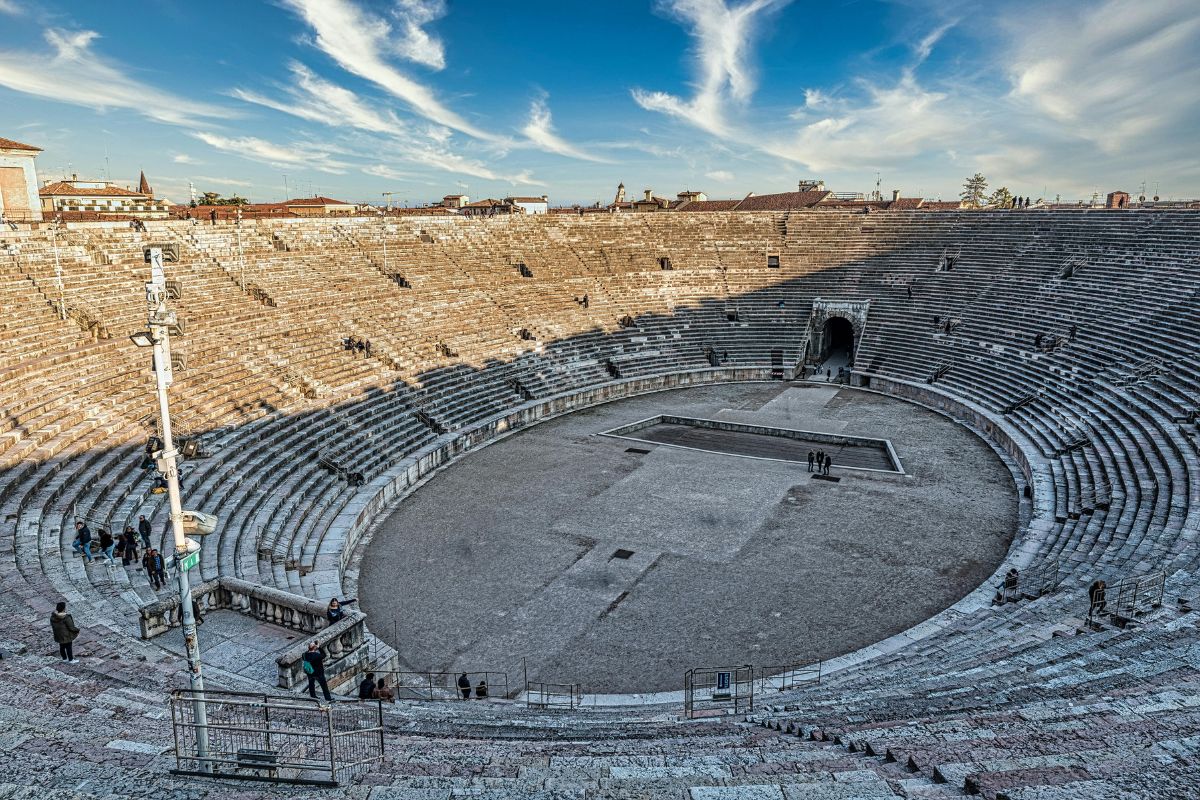
Venice’s Renaissance Art and Museums
Venice’s artistic legacy is simply breathtaking, with masterpieces around every corner. The Gallerie dell’Accademia houses the most comprehensive collection of Venetian Renaissance art, featuring works by Titian, Tintoretto, and Bellini that showcase the distinctive Venetian approach to color and light.
The Peggy Guggenheim Collection offers a complete contrast, displaying modern masterpieces in the unfinished palazzo where she once lived along the Grand Canal. I find the juxtaposition of contemporary art against Venice’s historic backdrop particularly striking.
For Baroque splendor, Ca’ Rezzonico museum provides an immersive experience into 18th-century Venetian life. The building itself is a masterpiece, with painted ceilings by Tiepolo and period furniture that transports visitors back in time.
Many smaller museums throughout Venice focus on specific aspects of Venetian culture:
- Museo Correr: Venetian history and art
- Palazzo Ducale: Political power and governance
- Scuola Grande di San Rocco: Tintoretto’s magnificent cycle of paintings
Architectural Wonders of Palladian Villas
Andrea Palladio’s architectural vision transformed the Veneto landscape during the 16th century. His harmonious designs, blending classical Roman principles with practical needs, created buildings of extraordinary beauty and balance.
Villa Rotonda near Vicenza is perhaps his most famous creation. I was struck by its perfect symmetry and the way it seems to grow naturally from the surrounding countryside. This UNESCO-protected masterpiece exemplifies Palladio’s genius for proportion and harmony.
The Veneto countryside contains dozens of these architectural gems, each uniquely adapted to its setting and purpose. Villa Barbaro in Maser features stunning frescoes by Veronese that complement Palladio’s architectural lines.
My favorite way to experience these villas is by car, creating a self-guided tour through the rolling Veneto countryside. Many villas require reservations, particularly in peak season. The best times to visit are spring and fall when crowds thin and the surrounding gardens burst with color.
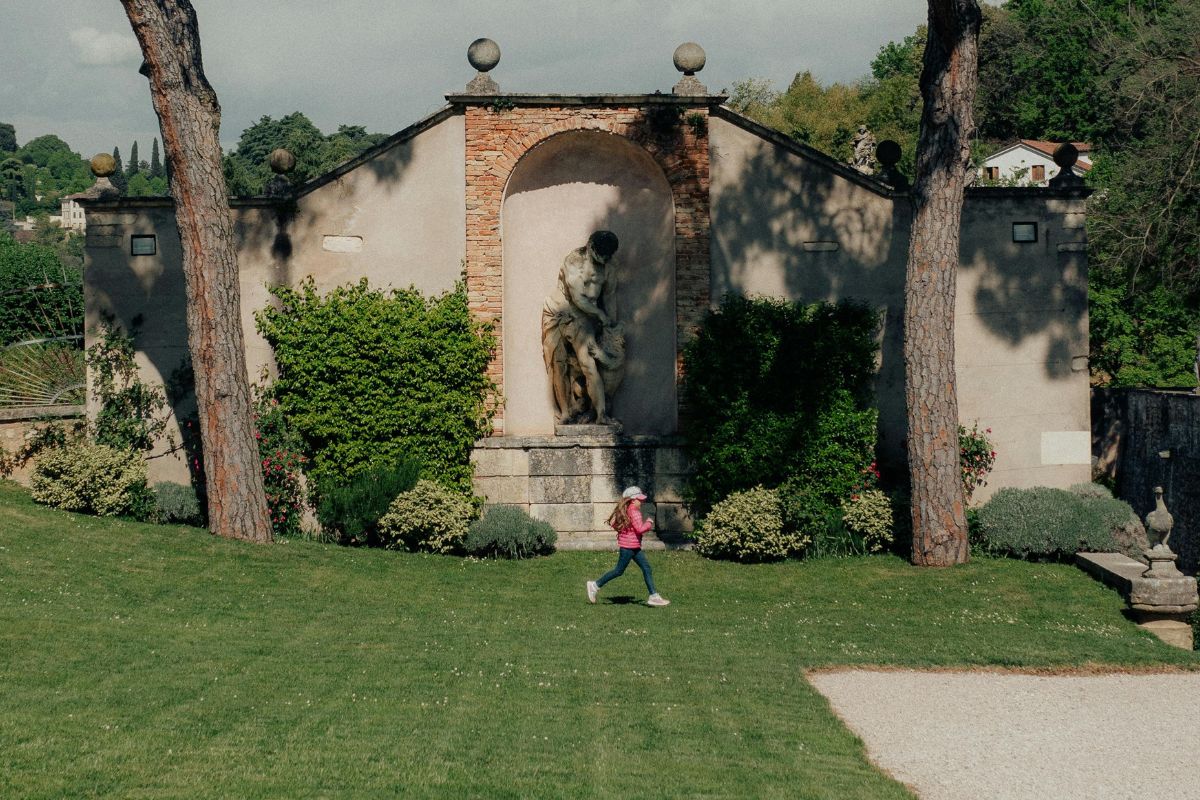
Fashion and Lifestyle: The Venetian Way
In Veneto, lifestyle and fashion blend centuries of tradition with modern innovation. The region’s craftspeople create timeless treasures while locals embrace a sophisticated yet relaxed approach to daily life.
Iconic Venetian Glass and Craftsmanship
I’ve spent hours watching master glassblowers on Murano Island transform molten glass into delicate works of art. This tradition dates back to the 13th century when Venice moved all glassmaking to Murano to prevent fires in the main city.
The craftsmanship is simply breathtaking. Each piece—whether a chandelier, vase, or jewelry—requires years of training to perfect. During my visit last spring, I toured several fornaci (glass factories) where artisans demonstrated techniques passed down through generations.
The best time to witness this craft is during Venice Glass Week in September, when studios open their doors to visitors. For authentic pieces, look for the “Vetro Artistico Murano” trademark that guarantees Venetian origin.
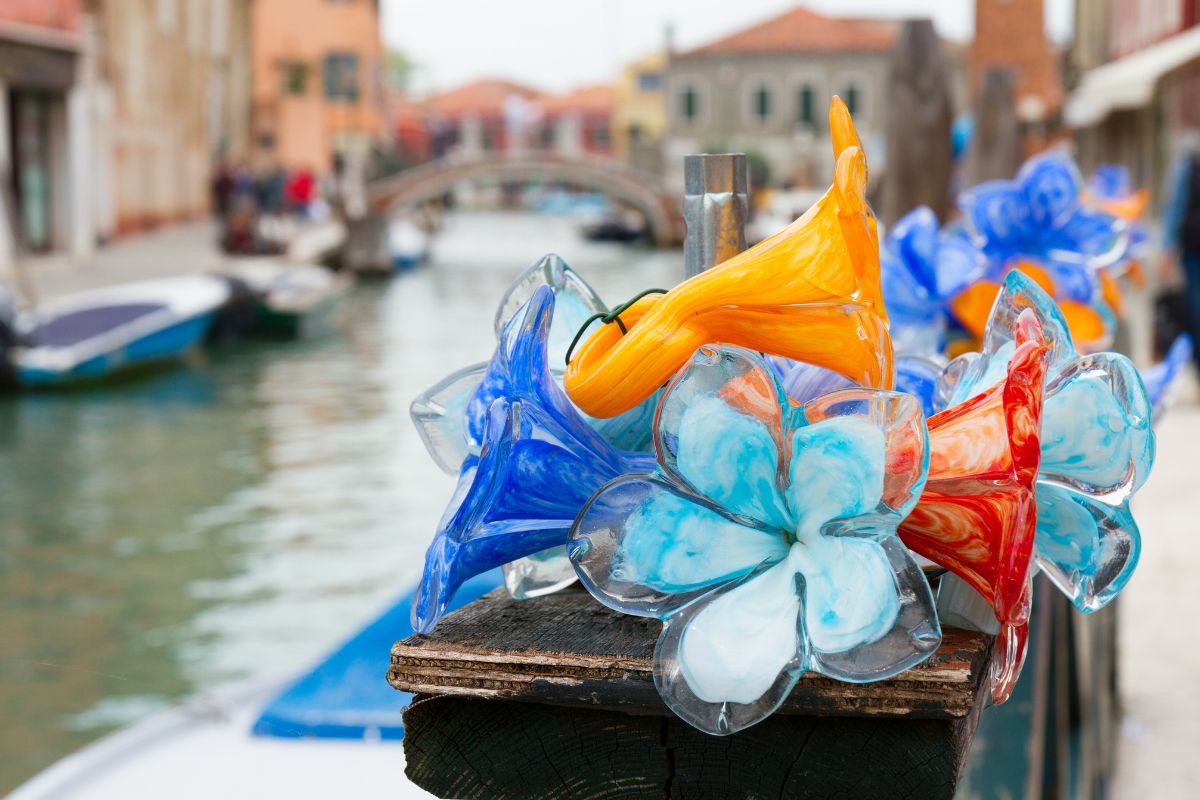
Designer Boutiques and Seasonal Trends
Venice may not be Milan, but its fashion scene carries its unique charm. The narrow calli (streets) around Piazza San Marco house luxury Italian brands like Prada and Gucci alongside local boutiques.
T Fondaco dei Tedeschi near Rialto Bridge offers the most luxurious shopping experience in Venice. This renovated 13th-century trading post now serves as a department store with panoramic views.
Spring brings lightweight linens and vibrant colors to shop windows. Meanwhile, fall showcases rich velvets and wools. Venetian style tends to be elegant yet practical—think quality fabrics that work well on water taxis!
Local designers like Antonia Sautter create masks and costumes that honor Carnival traditions while incorporating contemporary elements.

Spritz Culture and Venetian Societies
The Venetian lifestyle revolves around the spritz—that bright orange aperitivo that appears around 6 pm daily across the region. I love joining locals at bacari (wine bars) for this pre-dinner ritual, usually accompanied by cicchetti (small bites).
Campo Santa Margherita in Dorsoduro becomes a social hub during aperitivo hours, especially on warm evenings. Students, artists, and professionals mingle in a scene that hasn’t changed much in decades.
Venetians maintain strong social connections through private clubs and societies. Some, like the historic Circolo Veneto, date back centuries and preserve cultural traditions. Though usually closed to tourists, their influence appears during festivals and regattas.
The Venetian art of conversazione—unhurried conversation over drinks—remains central to Venetian identity and social life. I find this relaxed approach to socializing most appealing about the Venetian way of life.
Adventures Unique to Veneto
Veneto offers some of the most diverse adventure opportunities in all of Italy. From the snow-capped peaks of the Dolomites to the shimmering waters of the Venetian Lagoon, this region provides year-round experiences that can’t be found anywhere else.
Skiing in the Dolomites and Lake Garda Sports
The Dolomites are my favorite winter playground in Veneto. These UNESCO-protected mountains offer over 1,200 km of ski slopes suitable for all levels. I’ve found Cortina d’Ampezzo particularly spectacular, with its Olympic-quality runs and breathtaking scenery. Even beginners can enjoy the gentle slopes around Arabba and Alleghe.
In warmer months, Lake Garda transforms into an adventure hub. The northern part of the lake, with its steady winds, creates perfect conditions for windsurfing and sailing. I’ve spent unforgettable days kitesurfing near Malcesine, where the mountains plunge dramatically into the water.
Mountain biking trails crisscross the region, with routes like the Panoramica del Monte Baldo offering heart-stopping views and thrilling descents.
Venetian Lagoon Excursions and Gondola Experiences
Venice’s lagoon holds adventures beyond the famous gondola rides. I recommend exploring the lesser-known islands like Burano with its rainbow-colored houses and traditional lacemaking, or Torcello with its ancient cathedral and peaceful atmosphere.
For a truly unique experience, try rowing lessons in a traditional Venetian boat. Several schools offer classes where you can learn the distinctive Venetian rowing technique. It’s much harder than gondoliers make it look!
Wildlife enthusiasts will love the Valle Averto nature reserve in the southern lagoon. Here, I’ve spotted flamingos, herons, and countless other bird species in this protected wetland paradise.
The lagoon changes character with the seasons. It’s misty and mysterious in winter, and vibrant and bustling in summer.
Artisan Workshops and Off-the-Beaten-Path Discoveries
Veneto’s artisanal traditions offer hands-on adventures for curious travelers. In Murano, I’ve watched master glassblowers transform molten glass into delicate works of art. Many studios offer workshops where you can try this ancient craft yourself.
The medieval town of Bassano del Grappa holds a special place in my heart. Here, you can tour grappa distilleries and learn the secrets behind Italy’s famous grape-based spirit. The tastings afterward are an adventure for your taste buds!
For something truly off-path, I recommend exploring the Euganean Hills south of Padua. These volcanic mounds house hidden thermal spas, ancient monasteries, and winding paths through vineyards. The tiny village of Arquà Petrarca feels frozen in time and receives far fewer visitors than it deserves.
